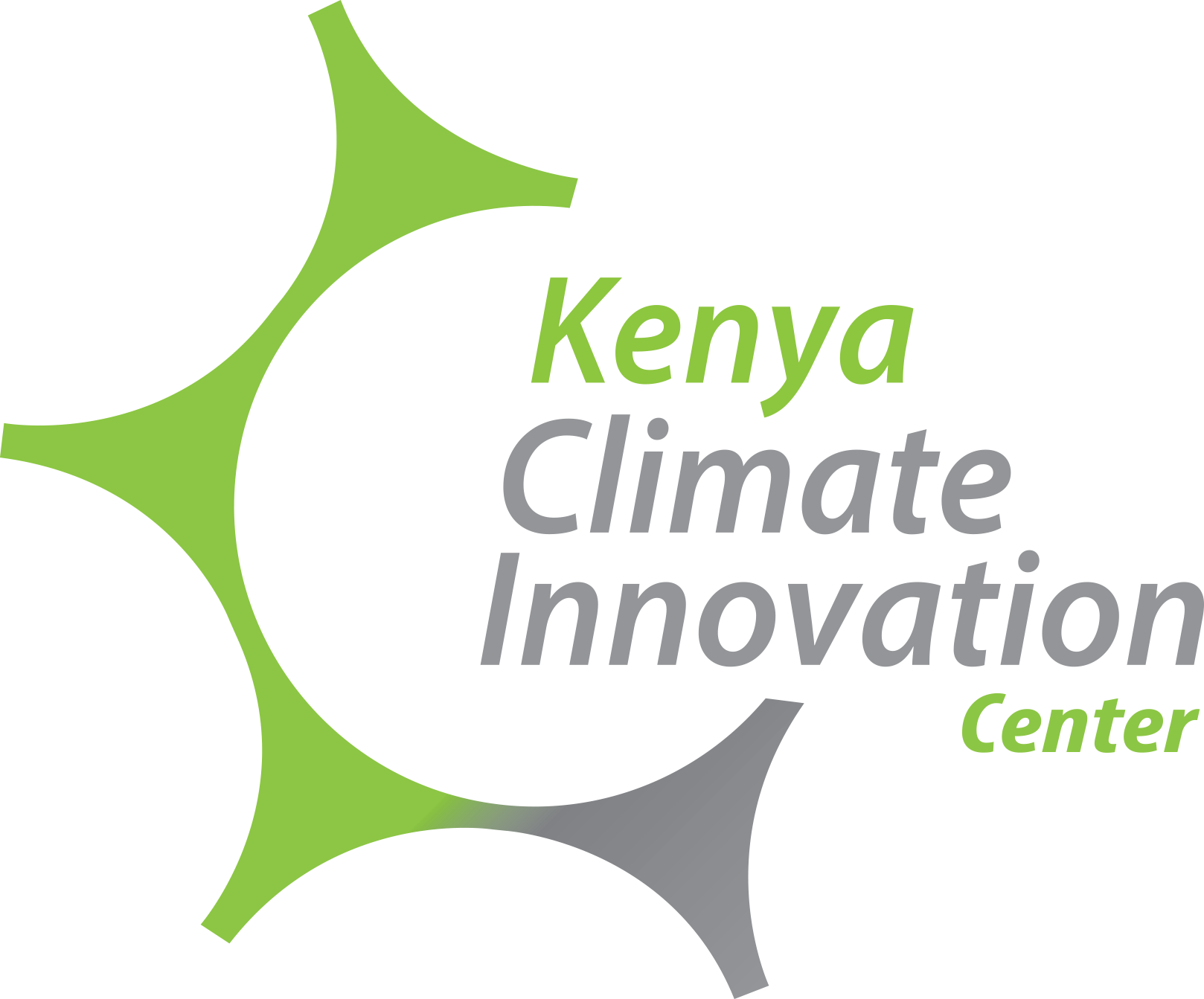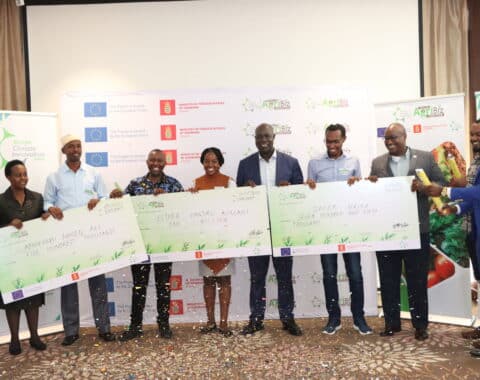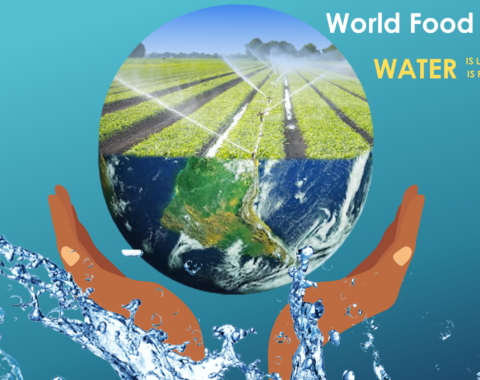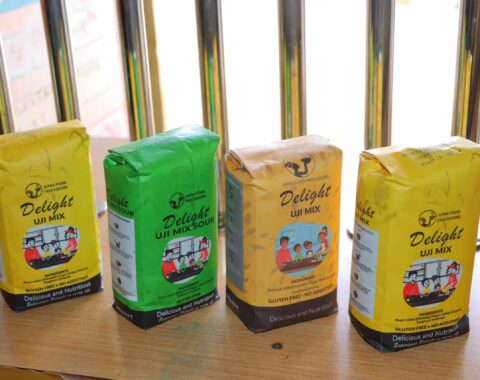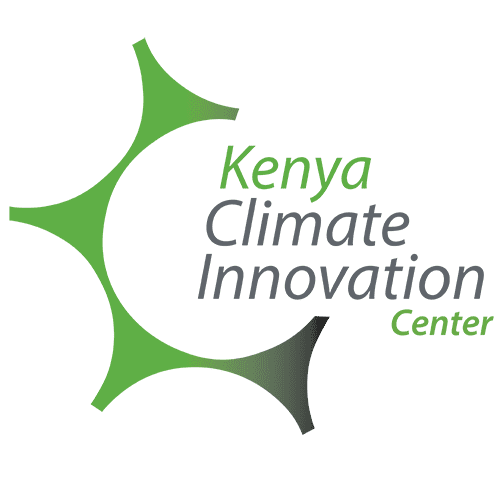Water hyacinth is a free-floating, flowering invasive aquatic plant that originated in South America’s Amazon Basin. Since the 1800s, it has primarily spread to the tropics and subtropics. The water hyacinth has been classified as an invasive aquatic plant in the United States. It is commonly known as the waterweed and is now considered a danger to the environment. It deoxygenates the water, suffocating aquatic life and reducing nutrition for young fish in sheltered bays. It has obstructed the hydroelectric plant’s supply intakes, causing power outages. Local subsistence fishing is also hampered by the weed which often prevents access to the beaches.
In Kenya today, water hyacinth is currently found in Lake Victoria, Lake Naivasha, the Nairobi Dam and other water bodies like the sewage facility at the Carnivore Restaurant and in Nairobi Bamburi Cement Factory in Mombasa. The government has over the years tried to fight the deadly menace but the attempts have proved futile. In 2019 following a USD 7 million injection from the Russian government, the Embassy of Russia, the United Nations in Kenya, and the County Government of Kisumu were set to clean approximately 14,000 hectares of the Water Hyacinth in Lake Victoria.
But due to the nature of the weed, it travels fast and recovers faster in places that it has been removed. This means the best way to deal with the menace is by looking for weed uses and using it as a raw product. A company in Naivasha has already mapped out this great initiative and is already using the water hyacinth. Vunalot enterprises is using the water hyacinth from Lake Naivasha to make organic fertilizer. The enterprise that started in 2019, saw an opportunity to save the environment and at the same time make money and they never hesitated.
In a candid interview with Vunalot enterprise quality assurance, Geofrey Kungu, he explained how they use the water hyacinth by blending it and making organic fertilizer. They use manual laborers to harvest the water hyacinth from the lake. They blend it and sieve by decantation, send it to the lab, add trace elements such as magnesium, mollebium, zinc, and boron in the required amounts, and come up with the organic fertilizer.
“There is a lot of water hyacinth in the lakes. But our challenge is harvesting the weed. We do not have the necessary equipment as we use laborers. If we could get the machine to harvest the water hyacinth , we could harvest more thus producing more organic fertilizer and in return saving our ecosystem,” said Geofrey.
Kenya Climate Innovation Center (KCIC) supports Vunalot Enterprises through the Agribiz programme.“We are grateful to KCIC for enrolling us into their programme. We are hopeful we will be able to achieve our goal of saving the environment and also making organic fertilizer,” said Geofrey.
KCIC remains committed to supporting enterprises that are on the verge of fighting climate change and its impact. Getting rid of water hyacinth and using the same to make organic fertilizer for farming is a win-win for human and aquatic life . With such focus achieving the sustainable development goals (SDGs) is attainable.

